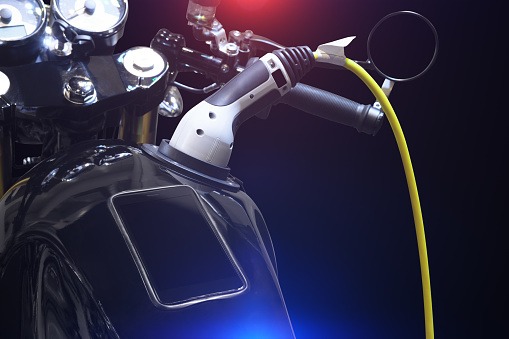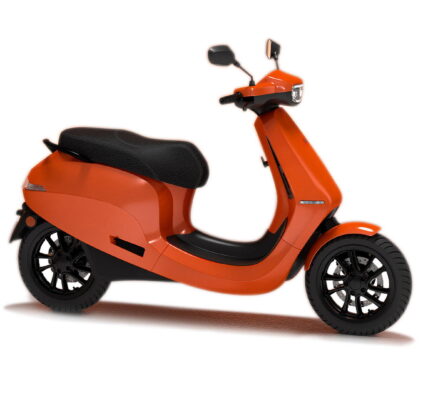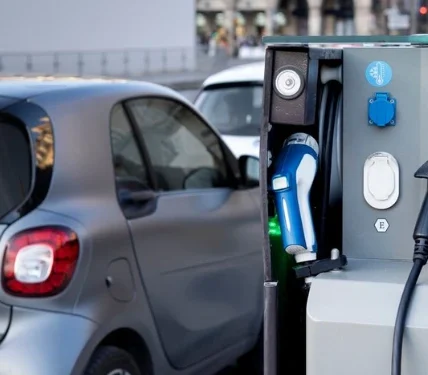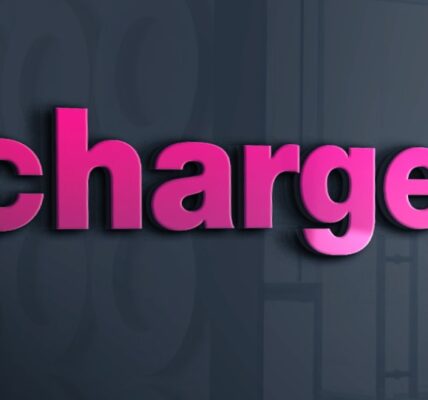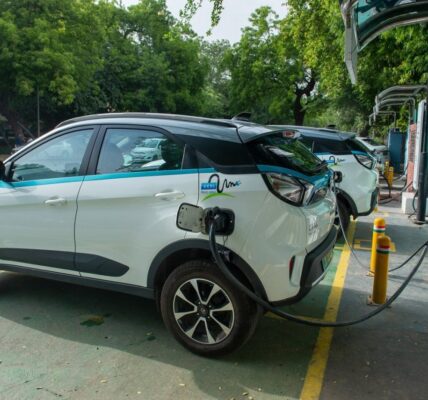The automotive industry is going through a transitionary phase switching to alternative and less energy-intensive options of mobility, in a bid to reduce the environmental impact.
Electric vehicles have begun to penetrate the Indian market. Several established companies, such as Mahindra Electric and Hero MotoCorp Ltd., are rapidly expanding their presence in this market. Startups aren’t far behind either. Newer companies such as Ola Electric, Okinawa Autotech, and Ather Energy have experienced higher sales growth over the years.
Startups that have recently emerged in the electric two-wheeler space have surpassed incumbents. The following are the top unlisted companies with a significant market share in the sector:
- Okinawa
- Ampere
- Ather
- PUREV
- Ola
- TVS
- Revolt
- Benling
- Bajaj
India’s goal is to achieve 100% electrification by 2030. To meet this goal, the government is focusing on cleaner transportation and personal mobility. The Indian vehicle market is primarily dominated by the two-wheelers with more than 70% of the registered vehicles currently falling under this category. Therefore this segment deserved more immediate attention, making the technology mature to a significant level.
The government has decided to promote the use of electric vehicles throughout the country. The National Mission on Electric Mobility was established in 2011, and the National Electric Mobility Mission Plan (NEMMP 2020) was published in 2013.
As part of the mission, the Faster Adoption of Manufacturing of (Hybrid &) Electric Vehicles in India (FAME India) initiative was launched in April 2015. This scheme included three components: demand subsidy, infrastructure, and R&D assistance. The first phase of the FAME scheme ended on March 31, 2019, and the second phase, known as FAME-II, began on April 1, 2019.
FAME-II aims to strengthen the country’s electric vehicle manufacturing ecosystem through demand incentives, the establishment of a charging station network, and the administration of schemes such as publicity and IEC (Information, Education, and Communication) activities.


